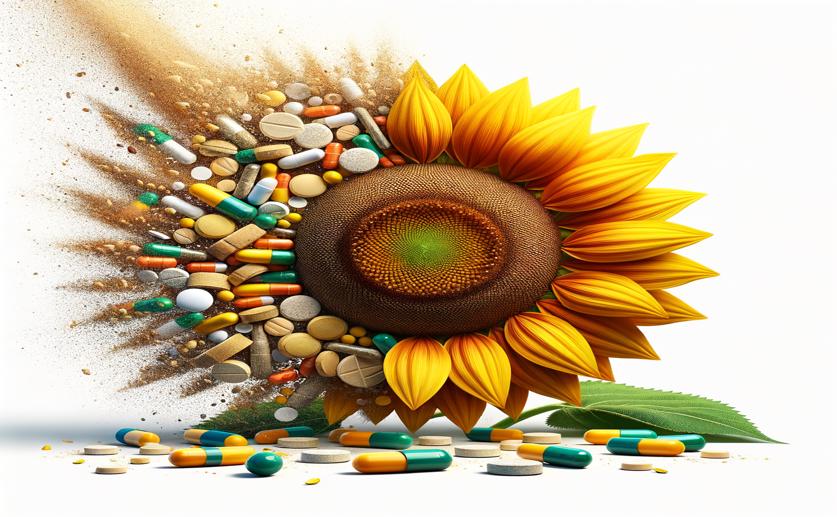
Recyclable Sunflower-based Catalyst for Better Breakdown of Pharmaceuticals
Jenn Hoskins
8th August, 2024

Image Source: Natural Science News, 2024
Key Findings
- Researchers at the Universitat de Barcelona developed a new water treatment method using pollen-based photocatalysts
- These photocatalysts can degrade over 99% of pollutants in just 90 minutes under visible light
- The used photocatalysts can be recycled into biopellets and their ashes can further aid in pollutant removal, offering a sustainable waste management solution
EnvironmentSustainabilityBiotech
References
Main Study
1) Recyclable Biomimetic Sunflower Pollen-based Photocatalyst for Enhanced Degradation of Pharmaceuticals.
Published 7th August, 2024
https://doi.org/10.1002/smll.202405204
Related Studies
2) Engineering and modeling perspectives on photocatalytic reactors for water treatment.
3) Photocatalytic treatment of natural waters. Reality or hype? The case of cyanotoxins remediation.



 12th July, 2024 | Greg Howard
12th July, 2024 | Greg Howard